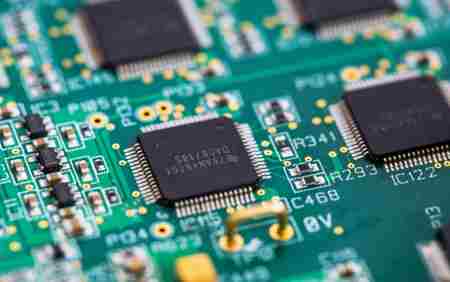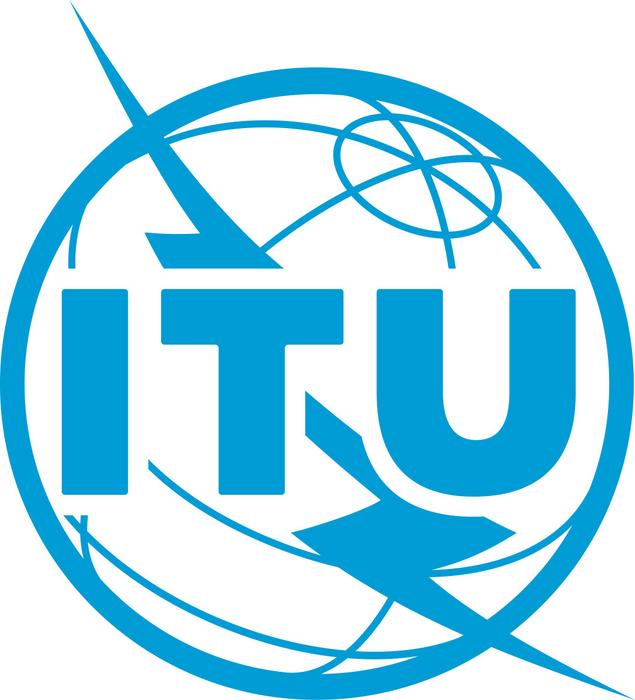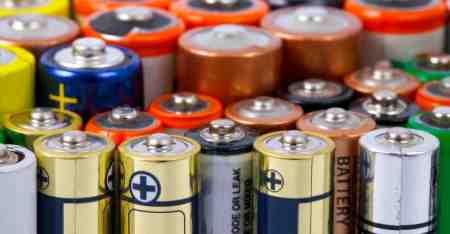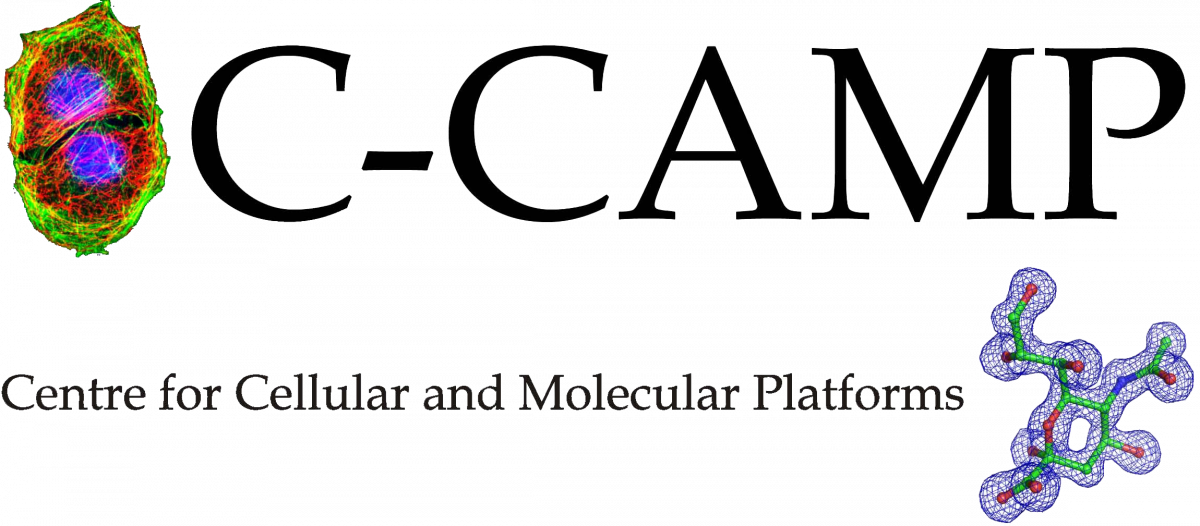In response to Bengaluru’s escalating water stress and infrastructural pressures, the Bangalore Water Supply and Sewerage Board (BWSSB) has embarked on a digital transformation that includes the creation of a digital twin of its water distribution network.
Through existing SCADA infrastructure and advanced IoT integration, BWSSB is beginning to synthesize real-time flow, pressure, and quality data into a virtual model that mirrors the city’s physical water grid. This digital twin stands to improve forecasting, leak detection, and operational efficiency, enabling dynamic response to emerging water stresses.
Central to this effort is a robust SCADA framework, which BWSSB already uses to monitor bulk meters, inlet/outlet flows, and key nodes in treatment and distribution networks. These systems provide a foundational layer of real-time data essential for building a credible, functioning digital twin. By assimilating flow, pressure, and treatment statistics into a unified platform, BWSSB gains visibility across its network—paving the way for predictive functions and optimized resource allocation.
In tandem with the digital twin initiative, BWSSB has introduced AI-enabled borewell management to safeguard groundwater extraction. This system, developed with IoT sensors and cloud-based controls, allows remote monitoring and automated regulation of borewell operations—preventing dry runs, motor failures, and unauthorized usage.
Initial pilots demonstrated how a simple mobile interface linked to smart sensors can reduce operational losses while ensuring consistent supply.
The utility has scaled this further: a ₹3-crore tender was floated to deploy the technology across 1,000 public borewells in the first phase, with plans to eventually monitor around 10,000 borewells citywide.
Projections indicate that this could cut the annual borewell maintenance expenditure from ~₹40 crore down to ₹4 crore—underscoring the economic and operational benefits of IoT-driven monitoring.
BWSSB’s innovation extends beyond supply and monitoring to asset protection. In August 2025, the board issued a tender for AI-powered miniature robots capable of navigating underground pipelines to detect leaks and structural faults. By pinpointing issues remotely—with minimal road excavation—this technology promises to radically reduce repair time, water losses, and surface disruptions.
Taken together, these initiatives signal a powerful shift in Bengaluru’s water governance—from reactive to predictive and data-driven. The digital twin provides a real-time mirror of the distribution network, smart borewell systems improve groundwater conservation, and robotic pipeline inspection offers rapid, precise maintenance.
All these moves are essential for a city whose water demand far exceeds supply, where infrastructure is aging, and where sustainable governance is more urgent than ever.






